At her Five Feet of Fury blog, Kathy Shaidle writes:
Every year around May 8, I commemorate the Hard Hat Riot, the weirdest “sixties” event you’ve never heard of.
This year, Toronto photographer Henry Gordillo contacted me.
As a young Communist with a camera, he’d been on Wall Street that day and captured the event on film.
Photographs of the Hard Hat Riot are particularly rare; for years I’ve relied on the same three grainy pix.
Henry kindly offered me the chance to publish a couple of his rarely seen photos.
I’ve posted two HERE (along with the one seen left) but there are quite a few more — contact Henry Gordillo if you are interested in learning more. (He has a whole portfolio documenting the New Left, as he experienced it.)
I asked him to record his recollections of what happened that day. His response is HERE.
Thanks to Henry Gordillo for shedding new light on this forgotten chapter of American history — an event that is more relevant today than ever before.
In her article last year at Examiner.com, Kathy provided a brief outline of what happened:
Stop being juveniles,” a Lindsay aide, Donald Evans, admonished a construction worker.
“What do you mean, being a juvenile?” he replied, punching Mr. Evans on the chin.
On May 8, 1970, New York mayor John Lindsay order all flags on city buildings lowered to half staff, in memory of the students who’d died in the Kent State shootings four days earlier.
Construction workers at the World Trade Center building site got wind of the plan. When anti-war protester assembled at the George Washington statue on Wall Street that day — complete with Viet Cong flags — suits and hard hats joined forces against the hippies, in one of the weirdest 70s events you’ve never heard of: the Hard Hat Riot.
Here’s a great, brief account of what happened that day:
By noon, more than 1,000 people had gathered and the vigil had escalated to a rally, and about 200 construction workers had had enough. They made signs reading things like “America, Love it or Leave it” and got right up against the police line that separated them from the students. They obeyed it for a few minutes, but the tension got to be too much and the construction workers started chasing the students through the street, beating some of them severely with fists, clubs and crowbars. The construction worker mob fought their way into City Hall and demanded that the flag be raised to full mast again – it had been lowered to half mast to honor the dead at Kent State. Fearful of further damage from the mob, the Deputy Mayor ordered the flag to be raised. The riot eventually fizzled out on its own. Six arrests were made and more than 70 people were injured.
If Martin Scorsese had any sense, he’d have made a movie about the Hard Hat Riots by now. Just think of the conflict, the spectacle, and the irony that the workers were building the World Trade Center.
The Kent State students were no angels, by the way. Read about what they’d been up to in the days leading up to the shooting. It’s the side of the story you won’t learn from leftwing books and movies.
And that was before this: “Forty Years Later, Fresh Revelations About What Really Happened At Kent State,” Michael Walsh recently posted at Big Journalism.
As just about everyone, on either side of the aisle, remembers, the late 1960s were a nadir in American history. The punitive “New Left” had largely replaced the New Deal/Great Society Democrats. By the beginning of 1970, two Kennedy brothers had been killed, a third had disgraced himself and was implicated in the death of his automobile passenger, and Martin Luther King and Malcolm X has also been assassinated. Several American cities had racially-oriented riots (each far, far larger and more destructive than the aforementioned “hard hat riot”) . LBJ had bowed out of the race. Vietnam was perceived to be a mess, and not coincidentally, reporting on the war from the three TV networks was increasingly being questioned by many Americans.
At the beginning of 1970, Time magazine declared “The Middle Americans” as man of the year for 1969:
The Supreme Court had forbidden it, but they prayed defiantly in a school on Netcong, N.J., reading the morning invocation from the Congressional Record. In the state legislatures, they introduced more than 100 Draconian bills to put down campus dissent. In West Virginia, they passed a law absolving police in advance of guilt in any riot deaths. In Minneapolis they elected a police detective to be mayor. Everywhere, they flew the colors of assertive patriots. Their car windows were plastered with American-flag decals, their ideological totems. In the bumper-sticker dialogue of the freeways, they answered Make Love Not War with Honor America or Spiro is My Hero. They sent Richard Nixon to the White House and two teams of astronauts to the moon. They were both exalted and afraid. The mysteries of space were nothing, after all, compared with the menacing confusions of their own society.
The American dream that they were living was no longer the dream as advertised. They feared that they were beginning to lose their grip on the country. Others seemed to be taking over—the liberals, the radicals, the defiant young, a communications industry that they often believed was lying to them. The Saturday Evening Post folded, but the older world of Norman Rockwell icons was long gone anyway. No one celebrated them: intellectuals dismissed their lore as banality. Pornography, dissent and drugs seemed to wash over them in waves, bearing some of their children away.
But in 1969 they began to assert themselves. They were “discovered” first by politicians and the press, and then they started to discover themselves. In the Administration’s voices—especially in the Vice President’s and the Attorney General’s—in the achievements and the character of the astronauts, in a murmurous and pervasive discontent, they sought to reclaim their culture. It was their interpretation of patriotism that brought Richard Nixon the time to pursue a gradual withdrawal from the war. By their silent but newly felt presence, they influenced the mood of government and the course of legislation, and this began to shape the course of the nation and the nation’s course in the world. The Men and Women of the Year were the Middle Americans.
Henry Luce had only been dead for three years when that passage was written; and already you can feel how far the magazine had moved from his conservative ideals, and the audience that he had originally targeted his magazine. Or as James Lileks put it shortly after the outcome of the 2004 election had left the legacy media feeling about as confused and alienated from the rest of America as that passage above highlights:
Once upon a time the major media at least pretended that the heart & soul of the country was a porch in Kansas with an American flag. Now it’s the outlands, the Strange Beyond. They vote for Bush, they believe in God, they’d have to drive 2 hours for decent Thai. Who are these people?
Substitute Nixon for Bush (why not? That’s all the left did, anyhow) and that passage sums up how the elite felt about the heartland in the early 1970s about as well as does today. At least today, there are options for someone who wishes to “Think Different”, to coin a phrase, to get his news: Rush, Fox, Drudge, the Blogosphere, NRO, Reason, Pajamas, et al. In 1970, President Nixon coined the phrase “The Great Silent Majority” because the majority of what we would now call Red State voters simply had no voice in the media; and the Hard Hat Riots need to be understood as part of that.



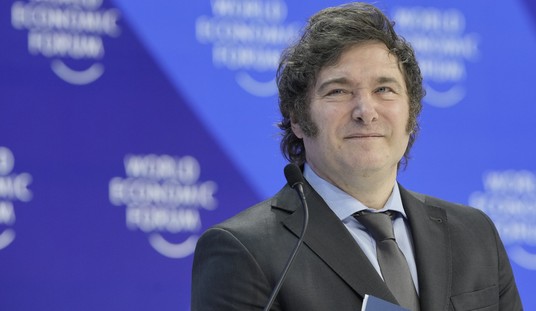
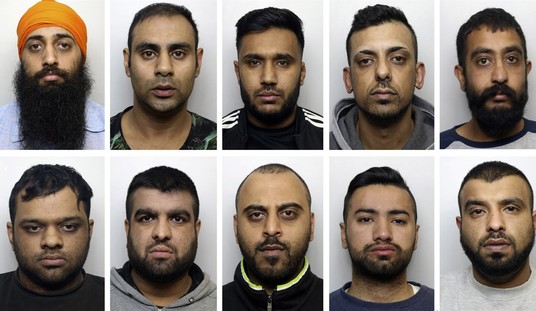
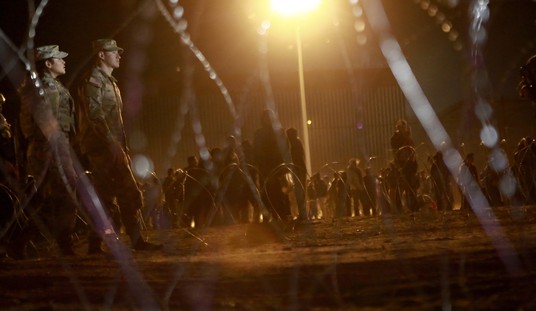

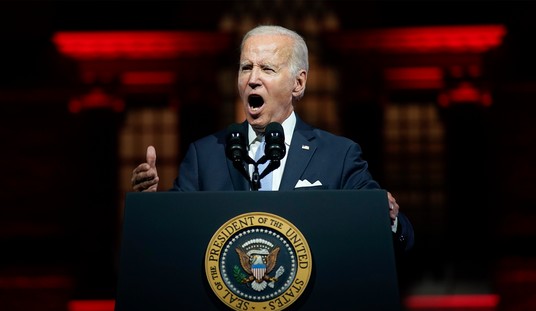
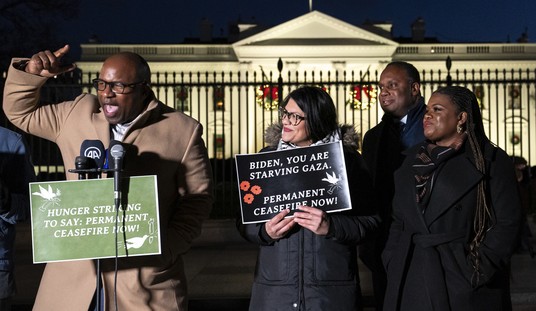
Join the conversation as a VIP Member